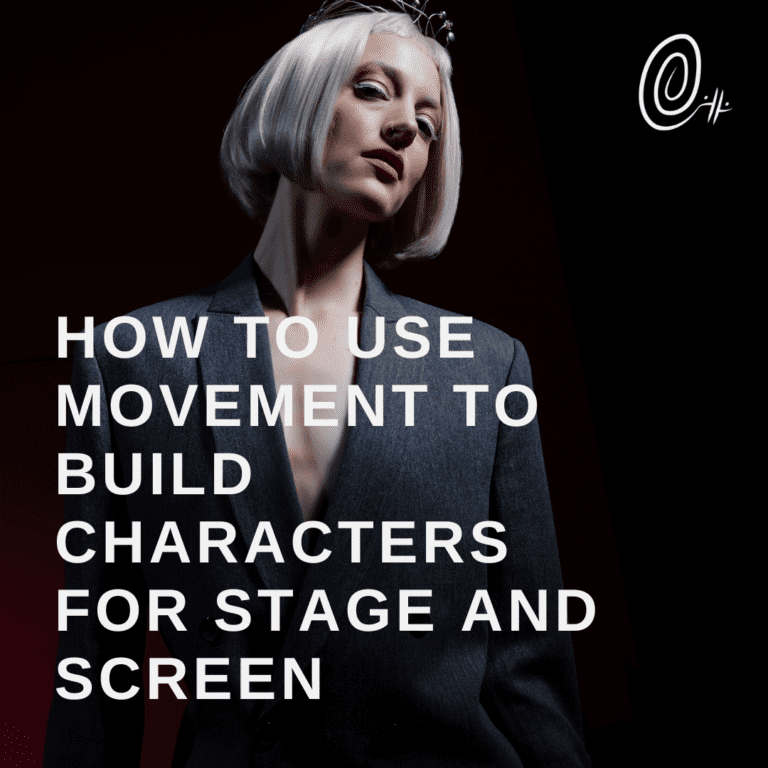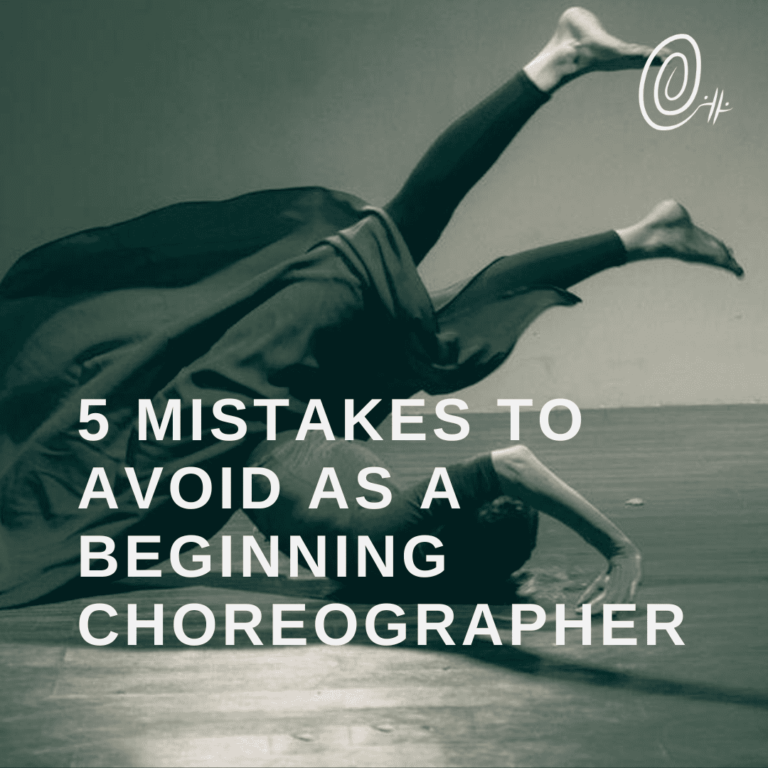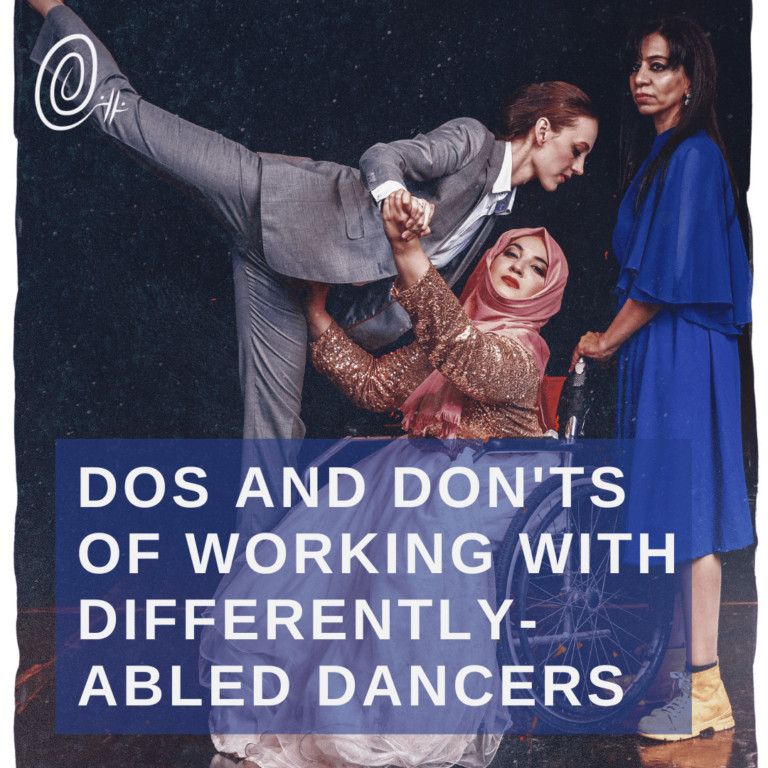How to Think of Stories for Dance Performance
Have you ever been to a dance performance and left thinking, what was that all about? You aren’t alone – I’ve seen a lot of performances that are almost stubbornly obtuse. Sometimes that’s deliberate: the whole philosophy of post modern and contemporary dance was all about creating movement for movement’s sake. NO meaning should be had, no sir! That’s how we end up with choreographers like Merce Cunningham (no offense to him). Even choreographers who bring in some kind of narrative or meaning often stick with a basic concept that can be explored physically and don’t have a proper story as we think of it.
It’s true that telling a story only in movement can be challenging. Along the way choreographers have found different ways of dealing with this. One way is adding in “text” into the dance performance. That’s when dancers speak, or the soundtrack includes the spoken word. Pina Bausch does this a lot, even though her work doesn’t always have a linear narrative. The spoken sections just add emotional weight to what’s happening.
Ballets solve the problem by switching into pantomime, or a sort of stylized sign language, when things really need to be explained. Many do it through sets, lights, music, and other cues not necessarily directly related to the movement.
All of that is well and good. But there are ways to think of good stories that work for dance performances, which are also not incomprehensible for your audience.
Big Themes, Concept, and Physical Quality: The Three Rules of Stories for Dance Performance
Okay, these are some abstract words. Let’s break it down.
The big theme is some universal thing you touch on. All stories have them. Forgiveness, redemption, quest, struggle to do/be something, love, love lost, etc. You can have multiple but generally you have one that you focus on. The theme stays throughout and guides the progression of the story. For example, if you have a redemption story, you need something that needs redeeming.
The concept is the next layer under the big theme. It is essentially the situation or context that you’re using. Here’s where you really can get tripped up, so pay attention. In a dance performance, you can add context through sets and soundtrack, but my advice is to use those things to reinforce what the movement is already saying. We can’t always have big sets or find the music that expresses exactly what we want at exactly the right moment (unless you have a composer, which is rare).
For example, let’s say your big theme is the struggle to be heard. Now, on stage, you probably aren’t going to use actual speaking, so translated into dance performance it could be a dancer trying to complete a performance but keeps getting interrupted or gets physically stopped. You could even imagine someone pulling them offstage again and again while they struggle to come back and complete what they want to ‘say.’
Whether or not this context ends up amusing or tragic will depend on the staging and the physical quality. If you have a group, other dancers might start imitating the dancer, suddenly leap in front of them, stand it front of them, or literally pick them up or drag them offstage. The dancer might doggedly continue with no change in their physical quality. They might get increasingly angry or desperate (through faster, less defined movements with more energy), leading to some sort of explosion or climax. That depends on the story you’re telling.
Beginnings and Middles
Stories need to start somewhere, go somewhere, and end somewhere. They start right before the action begins, they show the steps necessary to complete the theme, and they end when the goal has been achieved (or definitively not). I believe dance performance should be the same.
Often it’s easy to start with an entrance, but it doesn’t have to be. Whatever it is, you have to establish the theme as quickly as possible. This helps ground the audience and tells them what kind of story they are watching (or what they think they’re watching if you’re planning a plot twist). Again, while this can be told using sets and other theatrical elements. You can do it without, and it’s good practice to try and find ways to do so.
In the previous example, the dancer might enter, showing nervousness through the physical quality and begin a stuttering, off balance performance that is quickly interrupted by another dancer entering, watching, and starting to mock them in the background.
In the middle of the dance performance, something has to progress. I usually try to stop through a few different emotional checkpoints that help the story to evolve. For example, the first few times the dancer in interrupted will be interesting, after that, it’s boring. So, something has to change. Maybe what began as a simple gesture to get offstage becomes serious when the dancer is literally dragged off.
The evolution of the emotions is the meat of the story, and I recommend taking the time to explore various possibilities and scenarios, as well as shifts in physical quality.
Ending with a Bang
You don’t really need to end with a bang, but since most people only remember the ending, you need to make sure it’s worthwhile. The ending is what reinforces everything, what tells the audience how to feel when they leave.
If you’re after riling people up, for example, you could end with the dancer doing literally everything they can to complete their dance but being unable to due to the other dancers. Or it could be a triumph, where they manage to get everyone off and do it. I like to experiment with different scenarios that complicate or change the whole picture. For example, it could be that they manage to get back onstage and allowed to ‘speak’, but they’ve lost heart and decide on their own to stop. Or that everyone leaves and they complete it alone.
There are so many possibilities inside this simple concept that drastically change the story you’re telling. It’s a good illustration of how just setting up different situations and adjusting the physical quality is all you need to tell stories in dance performance.
It does require some exploration, however, and it’s a good idea to do some brainstorming around the different themes, concepts, and physical qualities. Of course, thinking through movement and actually doing it is something different. That’s where dance improvisation can help you in visualizing what the different scenarios look like and also help you think of progressions for the middle.
That, however, is the subject of a different blog, so I’ll leave it here for today. Best of luck!







